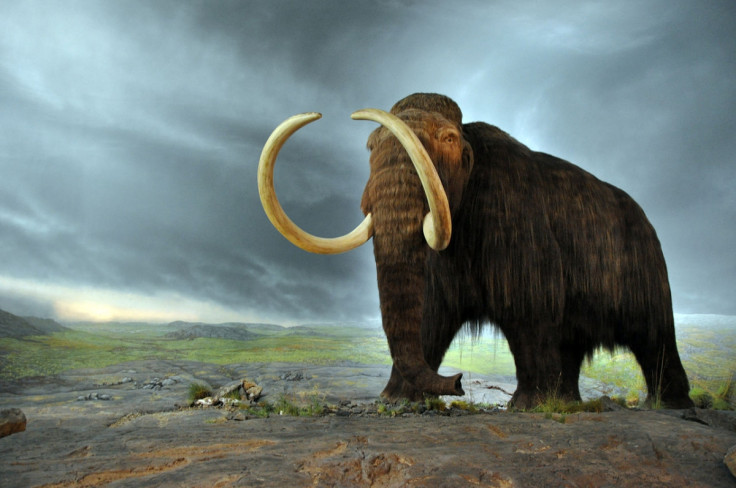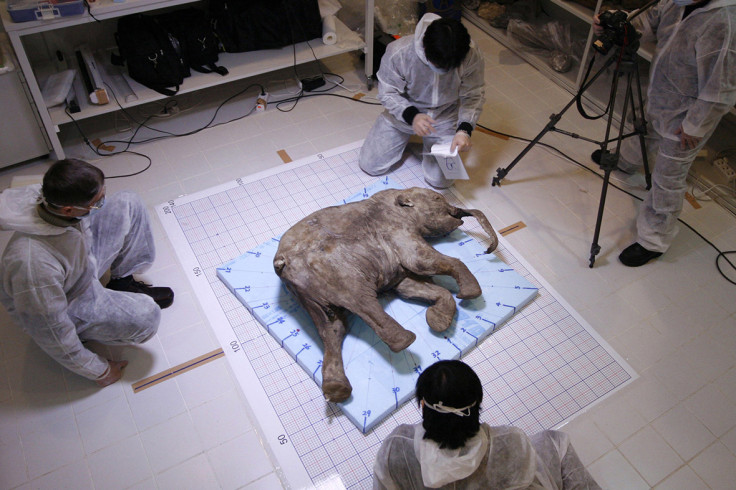How the woolly mammoth got its wool revealed through gene study

How the woolly mammoth adapted to life in the arctic has been discovered by scientists, with analysis of its genome showing genetic changes to its hair, skin and fat metabolism.
Researchers compared mammoth genes to elephants to see how their genes differed in laboratory experiments to look at their evolutionary biology.
The team from the University of Chicago deep sequenced the genomes of two woolly mammoths and three Asian elephants – the extinct creature's closest living relative. They then compared the results against the genome of African elephants.
Study author Vincent Lynch said: "This is by far the most comprehensive study to look at the genetic changes that make a woolly mammoth, a woolly mammoth. They are an excellent model to understand how morphological evolution works, because mammoths are so closely related to living elephants, which have none of the traits they had."
Woolly mammoths went extinct around 40,000 years ago after becoming isolated on the remote Wrangel Island in the Arctic Ocean. However, frozen carcasses preserved in the ice have provided masses of evidence about the creatures, with evidence showing how they had long coarse fur, a thick layer of fat, a fat deposit at the back of their necks, small ears and tails.
Publishing their findings in the journal Cell Reports, researchers identified around 1.4 million genetic variants unique to the woolly mammoth that caused changes to the proteins of around 1,600 genes.

These changes included 26 that lost function and one that was duplicated. After analysing the genes, researchers were able to find changes specific to mammoths. These were most strongly linked to fat metabolism, skin and hair development, temperature sensation, the circadian clock biology and insulin signalling.
Using ancestral sequence reconstruction, the authors resurrected the mammoth version of the gene responsible for temperatures sensation – TRPV3. When this was transplanted into human cells, it produced a protein less responsive to heat than the ancestral elephant version. In mice, this led to animals that preferred colder environments and had wavier hair.
Researchers said their findings should not be taken as proof of how mammoths adapted to life in the cold, but they provide a strong suggestion of what went on thousands of years ago.
"We can't know with absolute certainty the effects of these genes unless someone resurrects a complete woolly mammoth, but we can try to infer by doing experiments in the laboratory," Lynch said.
He also warned against bringing woolly mammoths back from extinction, saying just because something is possible does not mean it should be carried out: "Eventually we'll be technically able to do it. But the question is: if you're technically able to do something, should you do it? I personally think no. Mammoths are extinct and the environment in which they lived has changed. There are many animals on the edge of extinction that we should be helping instead."
© Copyright IBTimes 2025. All rights reserved.



















